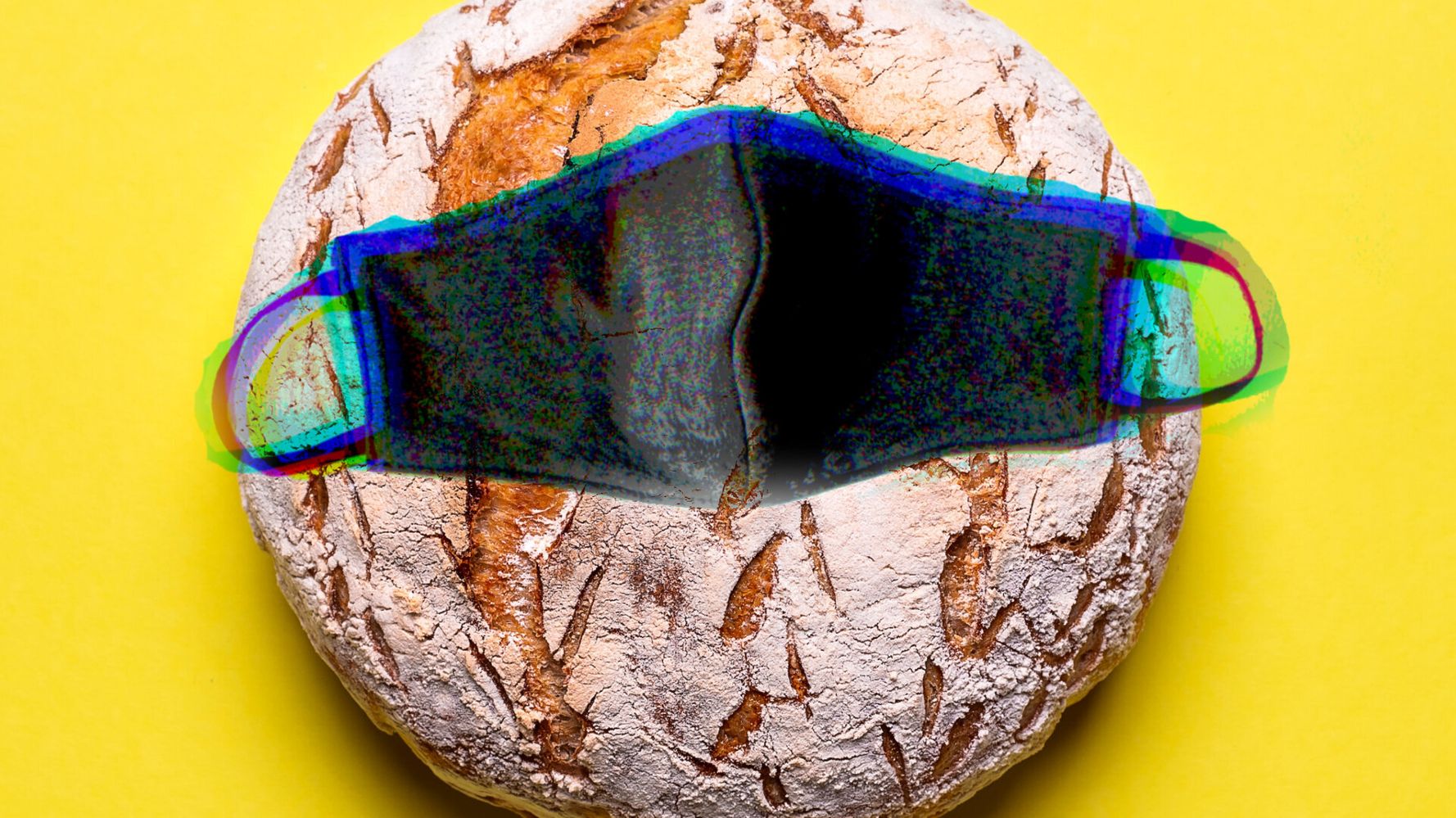[ad_1]

About a month into quarantine, I purchased my first tie-dye kit. After weeks of being stuck in my tiny apartment in one of the first coronavirus hotspots in the United States, I decided to give in to the cool teen Instagram propaganda and start crafting.
There was something comforting about waiting for the dyes to arrive, a thrill knowing a delivery was en route and that it might bring a little bit of unqualified joy. That first week I went on a tie-dyeing frenzy. I remade T-shirts and baby onesies and sundresses and biker shorts and crewneck sweatshirts. Each garment felt like a task to accomplish and check off my list: Soak the tee. Scrunch the tee. Dye the tee. Let the tee sit. Wring the tee out. Admire your handiwork and move on to the next.
It didn’t stop at tie-dye. Over the more than three months that New York City was under some form of lockdown, I leaned in to a variety of projects: I painted my bedroom door. I put up stick-and-peel wallpaper in my bathroom and behind my tiny home bar. I purchased and put together a tiny shelving unit for my bedroom desk. I braised meat and made challah. I arranged farmers market flowers into distinct tiny bouquets and placed them in every room of my home.
Apparently I wasn’t alone.
“Pre-pandemic, the last time I wore tie-dye, it was on a T-shirt from a souvenir shop in Kennebunkport, Maine, the summer before fifth grade,” Michelle Ruiz wrote in Vogue. “But it doesn’t take much self-psychoanalysis to realize I’m dressing the way I want to feel — happy and colorful — in throwback pieces that remind me of simpler, more innocent times.”
There is certainly something to the idea that we seek out some sort of childlike nostalgia during a period of intense change and uncertainty. After all, we’re in the midst of a global pandemic coupled with a (hopefully!) seismic cultural shift — a Me Too-style reckoning with structural racism and white supremacy. But I think that my draw toward DIY creative projects that are traditionally associated with the domestic activities of a tween or an old lady is rooted in something else.
In quarantine, many women who are used to working outside the home in white-collar jobs found themselves, for the first time, spending nearly all of their time at home and, of course, taking on the lion’s share of the near-constant domestic labor required. We are finding that labor to be exhausting, relentless and largely unfulfilling. (For essential workers, the pandemic-related tension has been even greater, though without the privilege of leaning in to crafts and baking for creative fulfillment.)
A simple scan of Twitter surfaces dozens of women who explicitly noted the uptick in domestic labor they were doing in quarantine, and how tiring and monotonous that labor could be:
This is not a new revelation. Some of the most famous thinkers of the women’s movement, from Betty Friedan to Angela Davis, have written extensively about the oppression and gendered nature of full-time cooking, cleaning and child-rearing. This type of labor that expands to fill the time you have is, as Davis wrote, “virtually invisible” and is noticed only inasmuch as some of it remains undone. The burden of this labor also tends to fall disproportionately on women, which is why back in March, The Atlantic’s Helen Lewis predicted that “across the world, women’s independence will be a silent victim of the pandemic.” It would be women’s jobs that would take a backseat to women’s second shifts of domestic labor and women’s so-often-viewed-as-innate caretaking skills.
The “problem that has no name,” as Friedan described it, hinged on the identification of “housework” as something fundamentally feminine yet fundamentally dissatisfying. Friedan and Davis recognized housework — defined by Davis as “the countless chores,” including but not limited to “cooking, washing dishes, doing laundry, making beds, sweeping, shopping” — as universally necessary but still universally draining.
“Invisible, repetitive, exhausting, unproductive, uncreative — these are the adjectives which most perfectly capture the nature of housework,” Davis wrote in her 1981 book “Women, Race, Class.” It is those adjectives that American women who have previously experienced a distinct separation of home and work are now experiencing after days and weeks and months of staying home and cooking every meal and washing every dish and wiping down every surface and vacuuming again and again and again only to have the dust build right back up.
To distract ourselves from the neverending, soul-sucking nature of housework, we instead find ways to work creatively, both on our actual homes and within them.
When I was going to the office and the gym every day, and eating at least one of my meals outside my apartment, domestic labor required less of me and I noticed my own domestic inadequacies with less frequency. But over the last few months, I found myself lamenting to friends that it felt like all I did was cook and clean, even though the only other person regularly in my space is my boyfriend and I have no children to care for. Clean. Cook. Clean. Work. Clean. Exercise. Clean. Cook. Clean. Sleep. Repeat. Repeat. Repeat. Repeat.
Which brings us back to the tie-dye.
When trapped in the singular hellscape of a list of chores that are, as Davis put it, “unending and undefined,” without the option of focusing outside the home, small creative projects are almost a comically simple outlet for the satisfaction we find ourselves missing. To distract ourselves from the neverending, soul-sucking nature of housework, we instead find ways to work creatively, both on our actual homes and within them.
The sourdough bread gets taken out of your oven and you get to enjoy the spoils of your labor without that labor becoming cyclical. The shelves you build will continue to hold new books each day without needing to be put up again. The door you painted will be paying visual dividends for years without demanding to be touched up. The tie-dyed T-shirt and shorts can be put away in your drawers, just waiting to be taken out and worn into the world, sharing your creative joy with all the others who have finally emerged from the confines of their homes and the labor of that extended stay.
Calling all HuffPost superfans!
Sign up for membership to become a founding member and help shape HuffPost’s next chapter
[ad_2]
Source link
Warning: Undefined variable $post in /var/www/wp-content/themes/newsup/inc/ansar/hooks/hook-index-main.php on line 117

